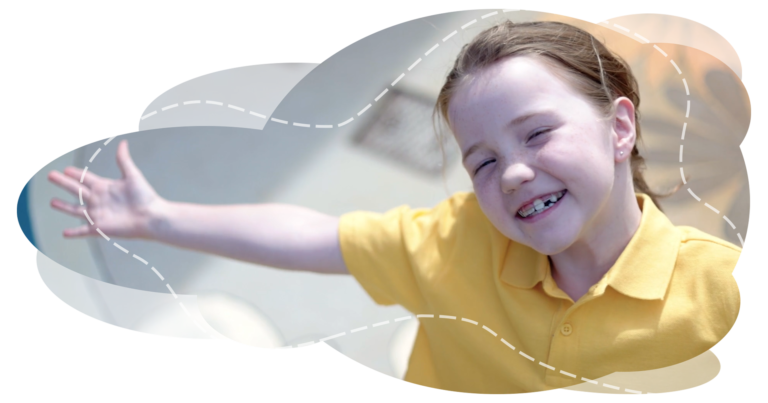What is Cystic Fibrosis?
Cystic fibrosis (CF) is a genetic condition that affects each individual differently.
Cystic Fibrosis
Cystic fibrosis (CF) is one of the most common, autosomal recessive, life-limiting diseases affecting children in Australia. It causes thick, sticky mucus which affects the lungs and digestive system.
It is a lifelong condition. There is currently no cure.
How do you get cystic fibrosis?
A child can inherit CF from both parents, getting one abnormal CFTR gene from the mother and another abnormal CFTR gene from the father.
Both parents must carry the defective CFTR gene, however the risk of having a child affected with CF is 1 in 4 (or 25%) with each pregnancy.
How is cystic fibrosis diagnosed?
All babies born in Australia are routinely tested for a range of genetic conditions including CF as part of the Guthrie heel prick blood test.
If this test shows common CF gene mutations, a sweat test will be done to measure the amount of salt in their sweat. A high chloride level can indicate the child has cystic fibrosis.

Cystic fibrosis at School
Learn more about CF in an educational setting, and the best ways that you can support them, though our free E-learning and resources pages.
Our core e-learning module covers a range of topics about CF and managing your students needs. There are additional modules that cover specific needs.
